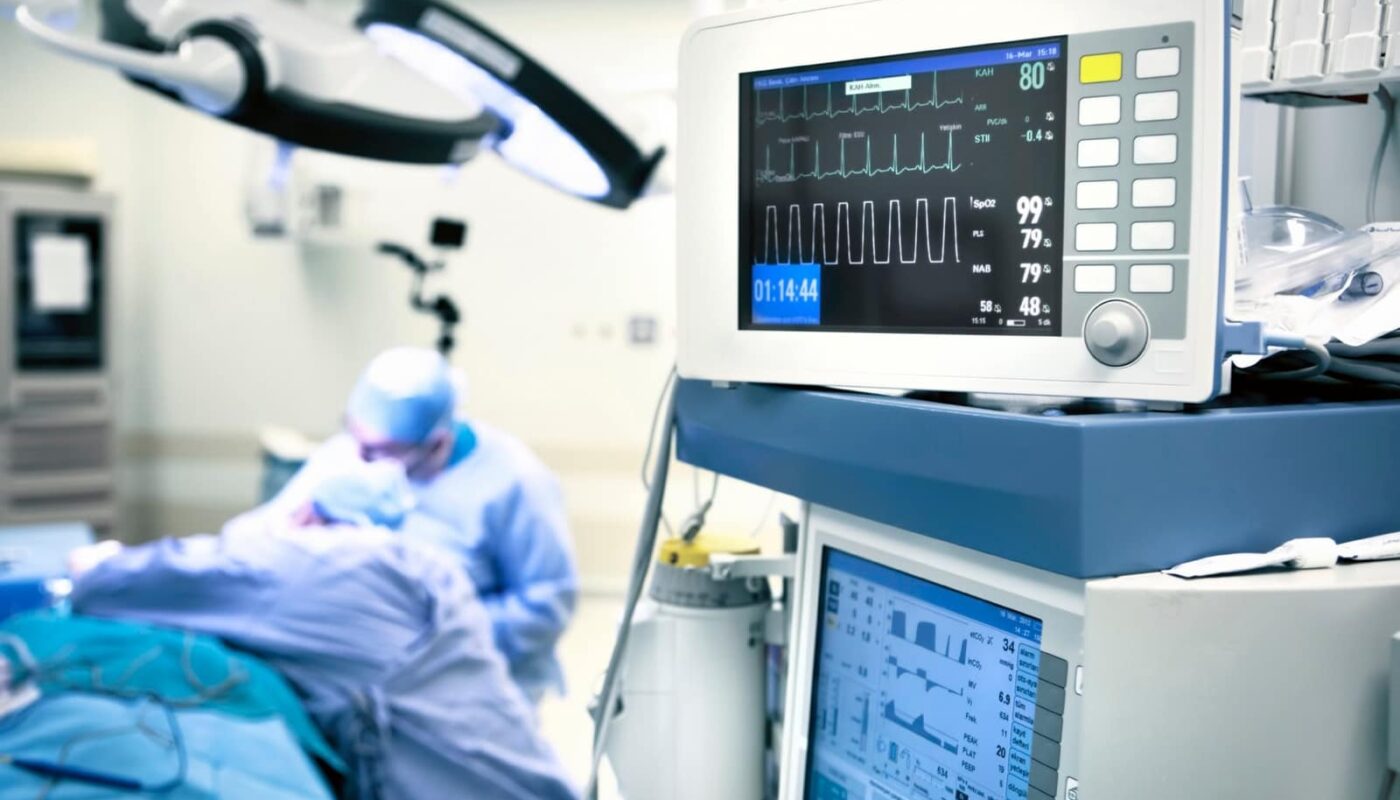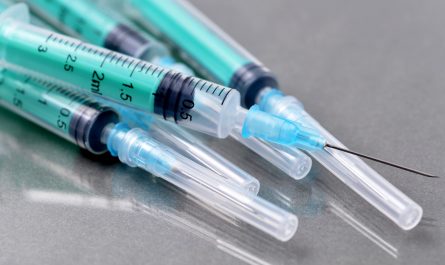In today’s world of technology, connectivity has become an integral part of our daily lives. We are connected through smartphones, laptops, tablets and various smart devices. This connectivity has profoundly transformed several industries and healthcare is no exception. Medical device connectivity refers to enabling communication between medical devices like patient monitors, ventilators, infusion pumps etc and clinical information systems. This allows clinicians to access real-time patient data from any location. In this article, we will explore how medical device connectivity is enhancing patient care delivery and revolutionizing the healthcare sector.
Enabling Data Exchange and Interoperability
One of the key benefits of medical device connectivity is that it enables seamless exchange of patient data between medical devices and electronic health records (EHR). Earlier, clinicians had to manually note down readings from various patient monitors which was time consuming and prone to errors. With connectivity solutions, vital parameters like ECG, blood pressure, oxygen saturation etc are digitally captured and populated in the EHR in real-time. This avoids duplicate data entry and ensures accurate, up-to-date patient records. Moreover, connectivity helps integrate isolated medical systems, allowing communication across different departments, specialties and care settings. This fosters interoperability and a holistic view of the patient’s clinical journey.
Improving Clinical Decision Making
Real-time access to comprehensive patient data assists clinicians in making prompt, evidence-based decisions. Connected medical devices stream patient vitals, waveform data, physiologic calculations etc to central clinical dashboards and mobile applications. This gives clinicians a unified view of multiple patients from any location. They can monitor for deteriorations, intervene early during emergency situations and customize treatment plans based on ongoing therapy responses. Some connectivity platforms even incorporate early warning scoring algorithms to alert clinicians of potential risks. This data-driven approach can help reduce medical errors and deliver right care at the right time.
Boosting Care Team Collaboration
Medical device connectivity enhances collaboration between multidisciplinary care teams. Through shared access to a common patient record, physicians, nurses and other providers can stay on the same page regarding patient treatment and status updates. During handovers across shifts or transfers between departments, complete electronic information transfer eliminates gaps in care. Teams can conduct virtual rounds remotely to discuss prognosis, treatment goals and upcoming procedures. Moreover, specialty consults are easier when accurate device-sourced data is available at the point of consultation. This collaborative approach leads to streamlined workflows, informed decision making and better outcomes.
Optimizing Resource Utilization
Connectivity solutions optimize utilization of scarce healthcare resources like hospital beds, equipment and staff. Devices can be remotely managed and configured over the network which saves time spent on manual rounds. Early interventions shorten length of stay while remote monitoring enables select high-risk patients to be safely followed up at home. Clinicians can simultaneously keep tabs on multiple patients, allowing them to treat more individuals per shift. Alarms and alerts notify staff of urgent issues, improving prioritization of scarce resources like intensive care nurses. By leveraging real-time analytics, organizations can also gain insights to enhance operational efficiency across departments.
Addressing Safety and Compliance Needs
Medical Device Connectivity satisfies various safety and regulatory requirements. Connected platforms enable traceability of device usage history, software updates and configuration changes to meet documentation standards. This can assist with post-market surveillance, audits and litigation support if needed. Automatic version control of device firmware prevents mix-ups and use of incorrect software versions. Remote assistance capabilities facilitate swift issue resolution in case of technical glitches. Encrypted networks and customizable user permissions ensure compliance with data security and patient privacy regulations. Overall, connectivity strengthens governance while elevating quality, reliability and security of care delivery.
Future of Connected Healthcare
The pandemic has underscored the necessity of digitally enabled healthcare infrastructure worldwide. Going forward, medical device connectivity is expected to play an even more crucial role in healthcare modernization initiatives. Areas like telehealth, remote patient monitoring, decentralized clinical trials and digital therapeutics will bank heavily on device integration. Interoperability standards like Fast Healthcare Interoperability Resources (FHIR) will facilitate plug-and-play connectivity across diverse products and care settings. Edge computing, 5G networks, artificial intelligence and blockchain also hold promise to take connected care to new horizons. If leveraged judiciously through collaborative innovation, medical device connectivity can revolutionize patient experiences, outcomes and systems globally.
*Note:
1.Source: Coherent Market Insights, Public sources, Desk research
2.We have leveraged AI tools to mine information and compile it


